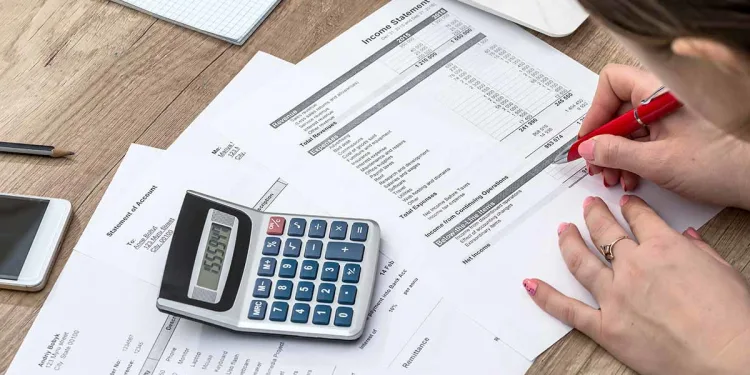What Is an Accounting Balance Sheet?

An accounting balance sheet is a summary of the financial status of an organization. It can be prepared for a sole proprietorship, business partnership, corporation, private limited company, or other organization. It explains the current assets and liabilities of a business. It can be used by investors and other stakeholders to determine the company’s financial health and future prospects.
The accounting balance sheet consists of three components: assets, liabilities, and equity. All assets and liabilities must balance each other. The difference between the two is the amount of equity in the company. If the business has more equity than it has liabilities, the owner could walk away with all the cash. It is therefore important to know how to make an accurate accounting balance sheet.
The accounting balance sheet also reflects the daily transactions of a business. The information contained in it is used to compute other financial ratios. For example, calculating debt-to-equity, accounts receivable turnover, and working capital turnover can provide specific insight into the performance of a business. The information on the balance sheet is also used to determine the financial health of a business.
The accounting balance sheet consists of two columns: the left column lists the assets and the right column lists the liabilities. It also includes owners’ equity. The sum of the two columns equals the total value of the assets and liabilities. For example, if a business has $1,000 cash on hand, the company’s assets are $1,000 and its liabilities are zero. It also has $1,000 in owner’s equity.
The accounting balance sheet includes all of the items that a business owns, and these items are broken down into fixed and current assets. The former includes tangible items that produce income for the business, such as real estate and inventory. The latter includes the intangible assets that are non-physical, such as patents, trademarks, and goodwill.
An accounting balance sheet provides a snapshot of a business’s assets, liabilities, and equity at the end of an accounting period. This snapshot can be useful for gauging the health of an organization and to make decisions about growth and expansion. It can be used by owners to forecast the business’s future performance and make strategic decisions about how it will grow.
Fixed assets are the physical assets that a company owns. These include land, buildings, equipment, and vehicles, as well as software and leasehold improvements. Liabilities, on the other hand, are the accounts payable, payroll, and loans payable. These accounts are separated into current and long-term ones, depending on their liquidity.
Another important part of an accounting balance sheet is the cash flow statement. It shows the amount of cash the business generates from sales and outflows. The cash flow statement also shows cash paid for salaries and administration.






